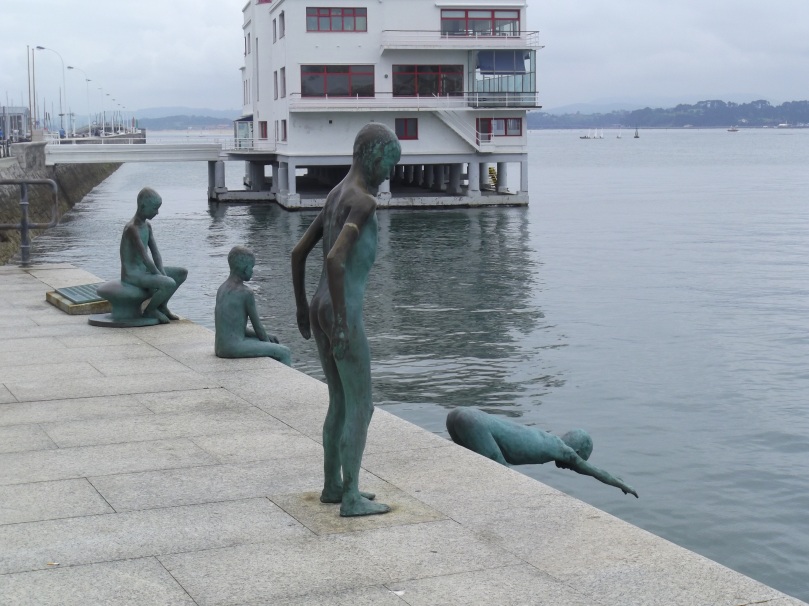There is a huge difference between the start of your year abroad and the end, in so many ways: your confidence, your skills, and of course your language ability. It can all be a bit overwhelming when you first arrive and are struggling to understand which mobile phone tariff you should buy, but eventually there will be moments where you suddenly realise that you must be improving, because there’s no way you could have said that when you first arrived!
There are various little milestones that help to remind you that you are making progress, and whenever they happen to me I feel the need to tell someone, because it is just so rewarding to know that the hours and days and years of language learning is making a difference!
So I thought I’d write about some of the things that stick in my mind most as the most satisfying moments on the year abroad:
When you use you subjunctive correctly without pausing
You may know exactly when to use the subjunctive and how to form it, but for some reason when it comes to using it in a real-life situation it suddenly seems 100 times harder. The first few times that you manage to use it without hesitating is such a great feeling!
When you can follow a group conversation
It’s one thing being able to talk to one native speaker, but throw in a few more, who all want to be the one talking and don’t mind interrupting their friends, then it can be hell. Sometimes it can be so hard to follow that by the time you realise what someone said and have thought of a suitable response, the conversation has moved on. At first I didn’t contribute to many group conversations, but when I eventually became able to keep up it felt like a weight was lifted from my shoulders, and I could finally join in!
When someone finally uses some vocab you’ve been trying to commit to memory for weeks
This might be a strange one but I like it for two reasons: first, it means you didn’t learn the word for nothing! I’ve lost count of the amount of words I’ve studied that I am yet to hear or use in real life, so when something crops up in the conversation and you know what it means from the meticulous vocab learning, it makes it all feel worthwhile. Second, it’s so much easier to remember what a word means when you’ve heard it in context, so it makes it that bit easier to commit to memory.
When you give directions to a local
There are plenty of times at the start of your year abroad where you’ll be wandering around aimlessly, unwilling to admit that you’re lost. Once you start to get to know your new territory it gets easier, and that helps you feel more confident. So when a native asks you if you know where the bank is, and you can tell them without even having to think about it, you’ll really feel part of the village/town/city.
When you can understand a joke
Jokes are tricky to understand because there is no one reason why it could be funny – it might rely on a play on words or pun, or it could be related to local culture and therefore only be funny if you understand the context. It’s always embarrassing when everyone is laughing at a joke but you stay silent because you just don’t get it. But that just makes it that bit more satisfying when you finally do understand and can laugh along with the rest!
These are just the top 5 that I can think of at the moment, but I’m sure if I sat down and really thought about it I could come up with loads! I’d love to know if anyone has any other examples that I haven’t included here, so if you do, feel free to comment!

















 The Espacio Metropol Parasol is a big white structure that covers a few restaurants and cafes. It’s cool to see but other than providing shade, it doesn’t do much, so if you’re on a tight schedule then prioritise other things first!
The Espacio Metropol Parasol is a big white structure that covers a few restaurants and cafes. It’s cool to see but other than providing shade, it doesn’t do much, so if you’re on a tight schedule then prioritise other things first!











 For lunch we sat outside in the sun and tried the local delicacy, Flamenquín, which is breaded pork stuffed with ham, and very tasty!
For lunch we sat outside in the sun and tried the local delicacy, Flamenquín, which is breaded pork stuffed with ham, and very tasty!







 Google maps
Google maps Whatsapp
Whatsapp Quizlet
Quizlet A countdown app
A countdown app Transferwise
Transferwise Sky scanner
Sky scanner




